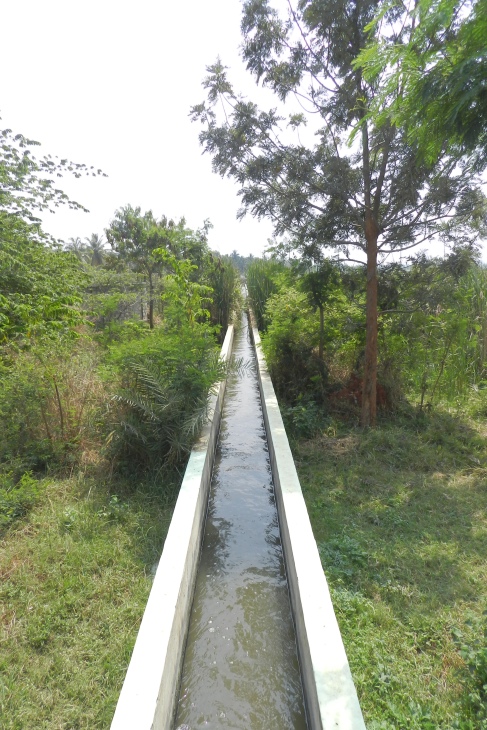
The commodity that is water
February 23, 2013Water as a commodity
The open well close to Jakkur is a beautiful structure. It is at least 50 years old and was built in the old style of dry stone pitching. Unlike many other such wells which dotted the landscape it did not have the beautiful flight of steps sweeping in to the water level. The water was used for all domestic purpose including drinking by the farmer.
The city then crept in and farming was given up as an occupation. The land was rented out and the renters of the small rooms built on the land, drew water from the well using buckets and a pulley. Times changed and now there is a water scarcity in the city. Construction works need water and are not provided for by the piped network. Apartments have sprung up and they need enormous quantities of water. The price of water is Rs 600 for a tanker load of 6000 litres.
The well has now been ‘auctioned’ for Rs 15,000 a month to a water tanker operator. The more trips he makes the more money he makes. He now extracts water using a pump and has sunk a small tube-well within the open well too. Water is now a commodity and its value is Rs 100 a kilo-litre. The original users of the water now have to struggle to bring it from far off places.
The water in the well is being treated as a private resource whereas in truth it should be treated as a community property resource. In actuality a waste-water treatment plant funded by the state treats and releases waste-water into the Jakkur lake, which too has been redone with public monies. These public investments recharge the aquifer all around and keep the wells with water. The extraction of the water is however private and land-owners and tanker operators are making the money from this public investment.
The key challenge for the institutions is to regulate this withdrawal of water in a sustainable fashion and to draw enough through cess and tax to keep the ecosystem running in a condition that the lake is always full and the waste-water treated.
The true cost of water is captured when it is returned to nature at no negative impact and when the ecosystem is maintained to ensure continuous supply. Policies should be framed and laws put into place so that this outcome is realized on the ground. Public monies invested should generate public goods and not private benefits.
Recognizing and seizing such opportunities , the city should set up waste-water treatment plants in or close to all lakes, build constructed wetlands around these lakes to further improve water qualities , fill up the lakes to enhance bio-diversity and then to make full use of the recharged groundwater so that the entire city benefits.
This form of commodification of water and wastewater which benefits all people in the city as well as the ecosystem is the way forward. That would be one step in water wisdom.


really really sad…nice photo